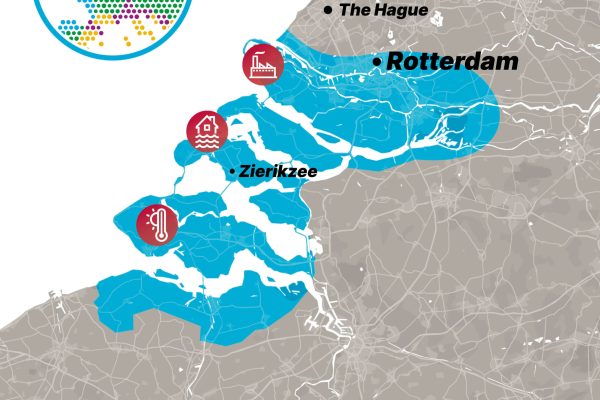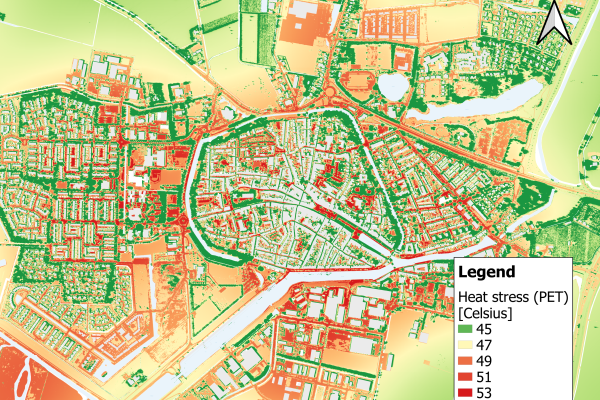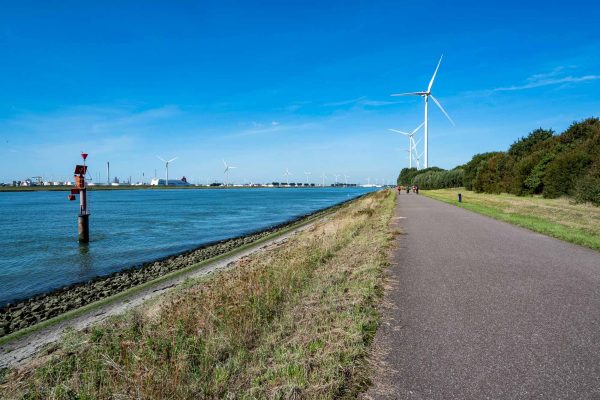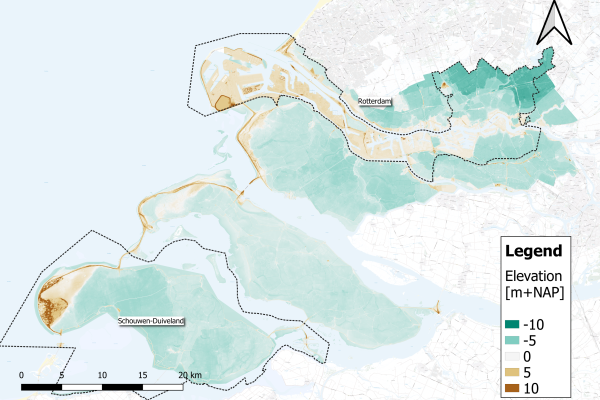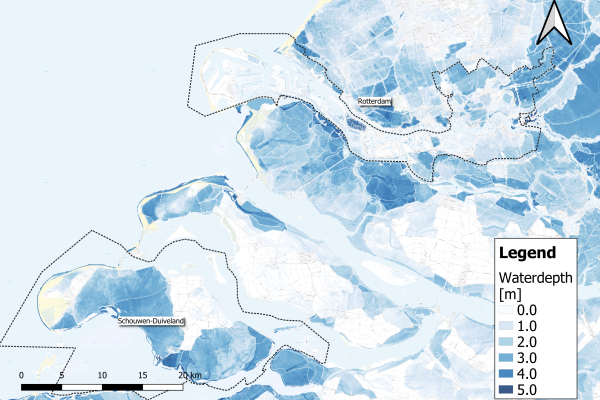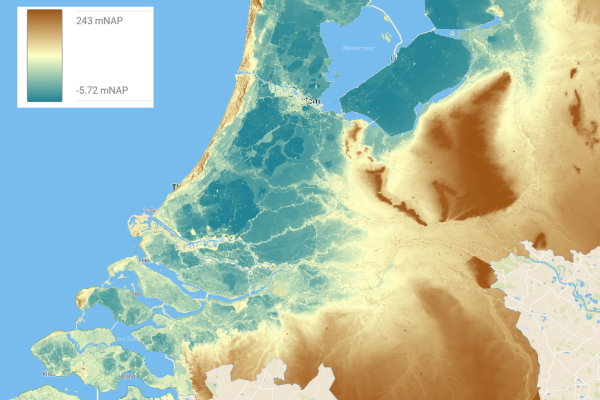Solutions
Explore IMPETUS solutions:
7 Demonstration sites
IMPETUS has demonstration sites in 7 of Europe’s 11 biogeographical regions, where we are:
- testing solutions;
- creating ‘Resilience Knowledge Boosters’;
- engaging with local communities;
- sharing knowledge regionally and across Europe.
Marketplace
This marketplace aggregates all the results developed from the IMPETUS project and makes them accessible to all stakeholders.
Publications
Explore our videos, deliverables, communication materials and get in touch with our experts.
You have a specific question about climate change adaptation or our solutions?
New !
Pan-European Solutions
IMPETUS is also developing several “Pan-European” tools that can be used in any European territory to support climate resilience:- The Hot-spot Identification and Prioritization Service – HIPS * is a service for identifying and prioritizing European NUTS-level regions that are exposed to climate risks, and are vulnerable or have low adaptation capacity. Users can explore various datasets and combine them to perform climate hot-spot analysis.

